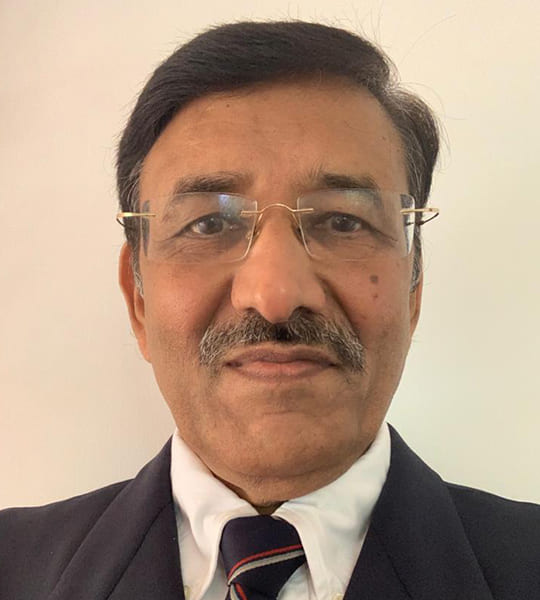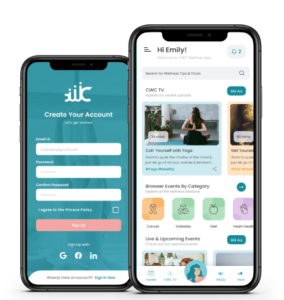Call us: +91-7339951157
School
Comprehensive School Health Program
Comprehensive School Health Program
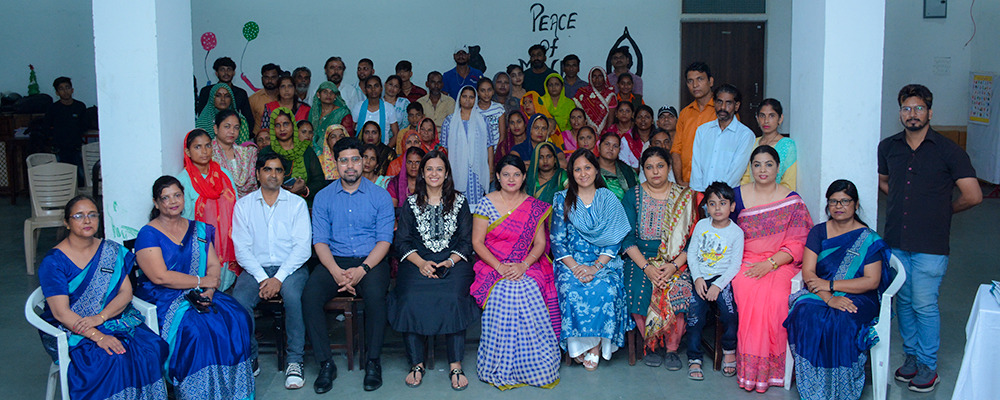
Each child can reach their full potential if they are mentally, physically and socially healthy. Changing health habits of adults is very difficult. The best opportunity is to teach children to lead a healthy lifestyle during school years.
Our vision is to make a Comprehensive School Health Program mandatory in every school in India and at every grade level. Health Education is the key component of this program. Our mission is to develop innovative educational materials and train teachers to implement the Comprehensive School Health Program (CSHP) in schools across India.
Dr Rahul Mehra developed Class VI & VII Health Education workbooks for students and Teachers Manuals. These books have been printed in English and Hindi.THA also developed other educational materials such as the Nutrition mat, for helping students and parents monitor their intake of a healthy diet.
We have joined hand with THA in the path to make health education mandatory in every school across India. We have been in communication with senior individuals responsible for educational policy at NCERT and CBSE and Ministry of Education.
Each child can reach their full potential if they are mentally, physically and socially healthy. Changing health habits of adults is very difficult. The best opportunity is to teach children to lead a healthy lifestyle during school years.
Our vision is to make a Comprehensive School Health Program mandatory in every school in India and at every grade level. Health Education is the key component of this program. Our mission is to develop innovative educational materials and train teachers to implement the Comprehensive School Health Program (CSHP) in schools across India.
Dr Rahul Mehra developed Class VI & VII Health Education workbooks for students and Teachers Manuals. These books have been printed in English and Hindi.THA also developed other educational materials such as the Nutrition mat, for helping students and parents monitor their intake of a healthy diet.
We have joined hand with THA in the path to make health education mandatory in every school across India. We have been in communication with senior individuals responsible for educational policy at NCERT and CBSE and Ministry of Education.
Why do we need a Comprehensive School Health Program ?
Why do we need a Comprehensive School Health Program ?
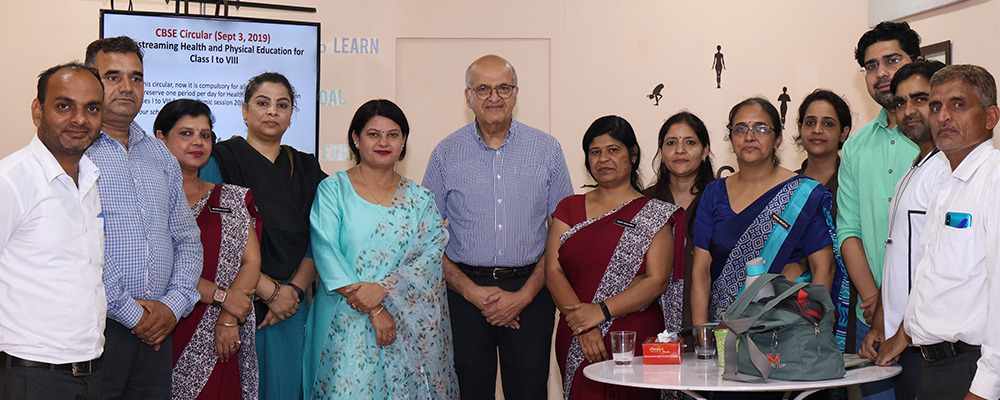
India has a very high prevalence of diseases. It is contributing to poor quality of life, family stress & bankruptcies caused by high cost of healthcare. It is also hampering India’s economic development. Some of the factors responsible for the poor health of children and the general population are mentioned below. Population Health: Indians are not living a full healthy life. Healthy life expectancy (HALE) is the average number of years that a person can expect to live in “good health”; not hampered by disabling diseases or injuries.
HALE in India is only about 60 years compared to almost 75 years in Japan. A typical Indian adult is not healthy by the time they retire. The major cause of poor health in India is the high prevalence of noncommunicable diseases such as heart disease, diabetes, cancer etc. This results from poor lifestyle habits such as malnutrition, lack of physical activity, tobacco use, poor hygiene/sanitation and breathing polluted air. At the same time, communicable diseases like Malaria, TB and other viruses are taking a big toll.
Covid-19 caused very high number of deaths in India because many adults were suffering from non-communicable diseases.
Children’s Health:
Anemia: Anemia occurs when there is not enough oxygen in the blood. It decreases school performance. It also causes poor physical, mental and social health which reduces the ability of the adult to earn good income. About 75% of children in India are anemic. The primary reason is the lack of iron in their diet. Being anemic reduces child’s intelligence by about 6 points.
Intestinal Diseases: Most deaths among children are caused by Intestinal bacteria, viruses and worms. This occurs due to unclean Water and poor hygiene/sanitation practices. *Graph Data
Unintentional Injuries: Deaths from road accidents and fires are very Frequent.Graph Data
Strategy:
We need to develop a culture of preventing diseases, not treating them after they have occurred. That needs to start when our children are in school. That is why we need a Comprehensive School Health Program.
What do we do?
We partner with schools to implement the Comprehensive School Health Program.
In The Academic Calender 23-24 , The Project is impacting 400 Students in 5 Schools across the economic strata of the Society. This impact will penetrate further and create deep and direct impact to around 3000 people including parents and Academicians. We look forward to a collateral impact to around 10000 people in the next Academic Calendar directly.
India has a very high prevalence of diseases. It is contributing to poor quality of life, family stress & bankruptcies caused by high cost of healthcare. It is also hampering India’s economic development. Some of the factors responsible for the poor health of children and the general population are mentioned below. Population Health: Indians are not living a full healthy life. Healthy life expectancy (HALE) is the average number of years that a person can expect to live in “good health”; not hampered by disabling diseases or injuries.
HALE in India is only about 60 years compared to almost 75 years in Japan. A typical Indian adult is not healthy by the time they retire. The major cause of poor health in India is the high prevalence of noncommunicable diseases such as heart disease, diabetes, cancer etc. This results from poor lifestyle habits such as malnutrition, lack of physical activity, tobacco use, poor hygiene/sanitation and breathing polluted air. At the same time, communicable diseases like Malaria, TB and other viruses are taking a big toll.
Covid-19 caused very high number of deaths in India because many adults were suffering from non-communicable diseases.
Children’s Health:
Anemia: Anemia occurs when there is not enough oxygen in the blood. It decreases school performance. It also causes poor physical, mental and social health which reduces the ability of the adult to earn good income. About 75% of children in India are anemic. The primary reason is the lack of iron in their diet. Being anemic reduces child’s intelligence by about 6 points.
Intestinal Diseases: Most deaths among children are caused by Intestinal bacteria, viruses and worms. This occurs due to unclean Water and poor hygiene/sanitation practices. *Graph Data
Unintentional Injuries: Deaths from road accidents and fires are very Frequent.Graph Data
Strategy:
We need to develop a culture of preventing diseases, not treating them after they have occurred. That needs to start when our children are in school. That is why we need a Comprehensive School Health Program.
What do we do?
We partner with schools to implement the Comprehensive School Health Program.
In The Academic Calender 23-24 , The Project is impacting 400 Students in 5 Schools across the economic strata of the Society. This impact will penetrate further and create deep and direct impact to around 3000 people including parents and Academicians. We look forward to a collateral impact to around 10000 people in the next Academic Calendar directly.
How do we partner with schools to implement the Comprehensive School Health Program ?
How do we partner with schools to implement the Comprehensive School Health Program ?
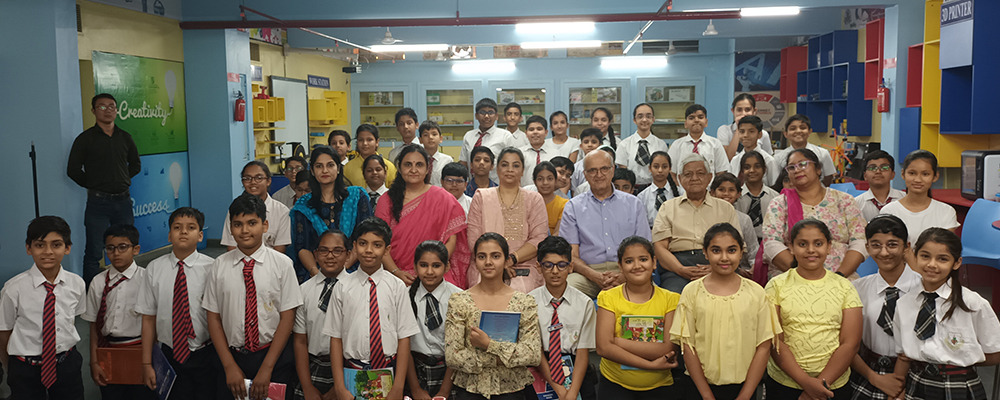
✔ We work with private and government schools. We require the support of the School Founders , Directors and Principal to implement the program in Class VI initially. There is no cost to school for the program for the Academic Year 23-24
✔ We work with private and government schools. We require the support of the School Founders , Directors and Principal to implement the program in Class VI initially. There is no cost to school for the program for the Academic Year 23-24
✔ Student Workbook for each student and a Teacher’s Manual for each teacher who will be teaching the health curriculum will be provided. The health curriculum in the books is comprehensive and covers physical, mental and social health topics as well as life skills. We also provide slides and quizzes for implementation of the health curriculum by the teachers.
✔ Student Workbook for each student and a Teacher’s Manual for each teacher who will be teaching the health curriculum will be provided. The health curriculum in the books is comprehensive and covers physical, mental and social health topics as well as life skills. We also provide slides and quizzes for implementation of the health curriculum by the teachers.
✔ The key component of the CSHP is health education. Forty hours of health education should be taught to the students during the academic year or two periods per week as there are approximately 30 academic weeks/year. NCERT and CBSE guidelines mandate one period per day for Health & Physical Education for Classes IXII (CBSE Circular 16/2019). Research also indicates that 40 hrs/year is the minimum duration of health education required to change health behavior of youth.
✔ The key component of the CSHP is health education. Forty hours of health education should be taught to the students during the academic year or two periods per week as there are approximately 30 academic weeks/year. NCERT and CBSE guidelines mandate one period per day for Health & Physical Education for Classes IXII (CBSE Circular 16/2019). Research also indicates that 40 hrs/year is the minimum duration of health education required to change health behavior of youth.
✔ We provide two Tarang nutrition mats for each student and one for each teacher. We encourage self-monitoring of healthy eating habits and other health behaviours.
✔ We provide two Tarang nutrition mats for each student and one for each teacher. We encourage self-monitoring of healthy eating habits and other health behaviours.
✔ We train the school teachers to conduct health education. Most training is online. We train teachers of a school for a minimum of eight hours prior to the beginning of the academic year . Since none of the teachers have taught health before, we can train any teacher. Our experience has demonstrated that Science and Life Skills teachers as well as counselors and nurses make good health educators. The Principal nominates the teachers who will teach health to the students.
✔ We train the school teachers to conduct health education. Most training is online. We train teachers of a school for a minimum of eight hours prior to the beginning of the academic year . Since none of the teachers have taught health before, we can train any teacher. Our experience has demonstrated that Science and Life Skills teachers as well as counselors and nurses make good health educators. The Principal nominates the teachers who will teach health to the students.
✔ We conduct parent engagement sessions for the parents of the students undergoing health education. Parents play a very important role in deciding child’s nutrition and being a role model for physical, mental and social health. We recommend that these be conducted once every month. They can be online or offline.
✔ We conduct parent engagement sessions for the parents of the students undergoing health education. Parents play a very important role in deciding child’s nutrition and being a role model for physical, mental and social health. We recommend that these be conducted once every month. They can be online or offline.
✔ We encourage and train teachers to be good role models.
✔ We encourage and train teachers to be good role models.
✔ To support the teachers throughout the year. THA conducts meetings with the teachers with Dr.Mehra once every quarter. The objective is to help them overcome the challenges they are facing and utilize the pedagogy of the curriculum.
✔ To support the teachers throughout the year. THA conducts meetings with the teachers with Dr.Mehra once every quarter. The objective is to help them overcome the challenges they are facing and utilize the pedagogy of the curriculum.
✔ We monitor for various components of the Program:
✔ We monitor for various components of the Program:
❶ Students be physically active daily for at least one period per day.
❶ Students be physically active daily for at least one period per day.
❷ That the nutritional services at school provide healthy foods.
❷ That the nutritional services at school provide healthy foods.
❸ The school provides good health services to students.
❸ The school provides good health services to students.
❹ School administration takes care of students emotional and physical safety.
❹ School administration takes care of students emotional and physical safety.
✔ To evaluate the impact of the health education curriculum over the academic year, each student completes a “Health Behaviour” and a “Health Knowledge” questionnaire at the very beginning and end of the academic year. All data is kept confidential.
✔ To evaluate the impact of the health education curriculum over the academic year, each student completes a “Health Behaviour” and a “Health Knowledge” questionnaire at the very beginning and end of the academic year. All data is kept confidential.
✔ We recommend that our employees teach a few classes and observe some classes taught by the teachers. The goal is to help them become better health teachers as this is a new subject for them.
✔ We recommend that our employees teach a few classes and observe some classes taught by the teachers. The goal is to help them become better health teachers as this is a new subject for them.
✔ We encourage the school to conduct a School Health Index (SHI) survey. It is an assessment and planning guide that will enable schools to:
✔ We encourage the school to conduct a School Health Index (SHI) survey. It is an assessment and planning guide that will enable schools to:
✔ We encourage the school to conduct a School Health Index (SHI) survey. It is an assessment and planning guide that will enable schools to:
❶ Identify the strengths and weaknesses of the school’s policies and programs for promoting health and safety.
❷ Monitor and develop an action plan for improving student health and safety.
❸ This information is kept confidential.
✔ We encourage the school to conduct a School Health Index (SHI) survey. It is an assessment and planning guide that will enable schools to:
❶ Identify the strengths and weaknesses of the school’s policies and programs for promoting health and safety.
❷ Monitor and develop an action plan for improving student health and safety.
❸ This information is kept confidential.


